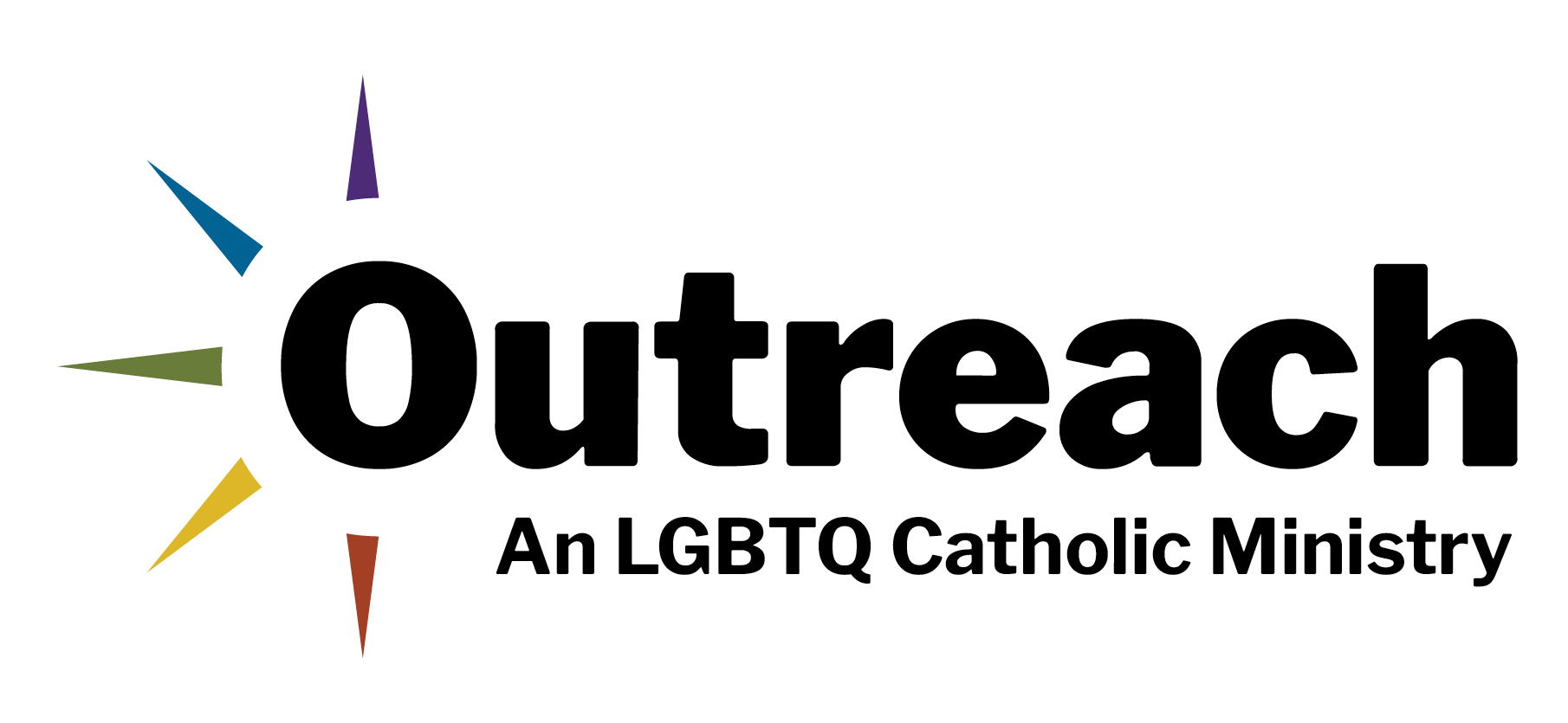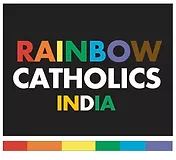Editor’s note: This is the final part of a keynote address delivered by the Rev. Bryan N. Massingale during the Outreach conference in New York this summer. Click here for parts one and two. This transcript has been edited for clarity and style.
And as with the larger LGBTQ movement, where gay white men often struggle to fully honor and listen to the perspectives of lesbian women, trans persons and LGBTQ persons of color, there is a longstanding tension in our community between white men who want to fit into the dominant society and forces who want to transform the mainstream to create a space where all are welcomed.
For example, I first shared my coming-out story at a meeting of the Global Network of Rainbow Catholics in 2019. It’s an international assembly of those who like us are doing this sacred work and are often doing it in dangerous conditions. Many of the delegates from Africa, Asia and Latin America came up to me afterwards, some in tears, saying it was the first time that they felt included in a Catholic LGBTQ space.
But sadly, many from the United States did not echo that sentiment. In short, the problem that the Catholic Church faces in dealing with intersectional reality of white nationalism is that too often the Catholic LGBTQ community is functionally complicit in the movements racism, heterosexism and misogyny. That’s a terrible thing to say, but we need to be truthful. So what do we do?
You may know that Father Jim Martin is a Jesuit. Did you know that? So let me put the invitation to us in an Ignatian language. I was actually privileged to make a 30-day directed retreat, a time of intense prayer over four weeks. The title of St. Ignatius Loyola’s Fourth Week of the Spiritual Exercises is, “The Contemplation to Attain God’s Way of Knowing.”
“We need to proclaim confidently and insistently that we are equally redeemed by Christ and radically loved by God.”
The logic of the retreat is that, after coming to know oneself as a loved sinner—as God’s beloved—and making a fundamental decision to follow Christ; accompanying Christ through his life, ministry and death; coming to a deeper understanding of the crucifying pains of Christ that appear in one’s own life, you are then invited to pray for the grace of knowing and loving the world as God knows and loves the world.
You’re invited to pray for the grace to see and to love the world and those in it as God sees and knows the world. To love ourselves as Christ loves us. To love each other as Christ loves us. To see and to love the other as Christ does. This grace is radically opposed to racism, heterosexism and transphobia. If we know and love ourselves and each other as God knows and loves us, then our ways of loving are radically changed, and spur us to even more radical action.
The grace to see and to love as Christ loves: that’s the essence of my own coming-out story. I had to learn to reject the lie that I am not made in the image of God. I had to come to see myself as God sees me: as beloved, despite the messages given to me by society and the church.
If we pray for the grace to see and to love the world as God sees it, then we must assert, without apologies, the precious value of LGBTQ lives.
We need to proclaim confidently and insistently that we are equally redeemed by Christ and radically loved by God. Turn to someone next to you and say: “You are loved.” Now turn to that same person and say: “You are sacred.” Now turn to that person and say: “I am sacred.” And now let us all say together: “We are holy.” We are holy because we are in God’s image. Standing against the lie of white nationalism isn’t political. It’s holy.
We are called to a deep conversion of seeing each other as loved and including be ourselves as loved. I want to conclude by offering a prayer, a dream and a blessing. Being a gay man of color is not just about pain and trauma. It’s also an experience of joy. Joy was the ending note of my retreat, when I was filled with inexpressible joy that I was loved by God. It set me on a path of weaving together the fragments of my life into a fabulous quilt, knitting together race, and sexuality and faith.
My ongoing joy is to see my Black, gay body and self as beloved by God. And that’s holy work, because if we cannot see ourselves as the images of God, that does irreparable spiritual harm. Last summer, this vision became even more real for me. I’ve been involved in a documentary that will be released later this year entitled Wonderfully Made. One of the major producers of that documentary, Mark McDermott, and his husband, Yuval David, have been relentlessly and generously bringing this project to fulfillment.
The film explores LGBTQ- and racially-inclusive ways of imaging the sacred and the holy. They called me to be in a photo shoot on a set last summer and I got to meet some of the models who were going to be images of Christ in the film. I was privileged to meet with them. I told them that I thanked them for this holy work. And I said, “You know what? We have the chance to put forward the models of Jesus that we needed when we were young.”
A Black, gay man who was one of the models for the person of Christ walked onto the set. And when Justin—with his smooth, dark skin and his flowing dreads—came on the set, I caught my breath, and not simply because he was not hard to look at. I caught my breath because here, at last, was a representation of who and what I believe I am called to be: a Black, gay embodiment of the divine, of the sacred, of the holy, of God.
My dream for the church, my dream for us as we join you forward is this: That each of us claim ourselves as God’s rainbow embodiment of the divine. That we see ourselves and each other as sacred. That we become more and more a community of joy, a joy that is found in the struggle and not despite it, a joy that springs from knowing that our painful struggles against white nationalism and for radical inclusion are the birth pains of the reign of God.
“Being a gay man of color is not just about pain and trauma. It’s also an experience of joy.”
My dream is that we may be a community of joy that erupts in shouts of fiesta and moves to the beat of Gospel songs. And yes, even in pigmentationally-challenged bodies like this, when Gospel music comes on and you’re kind of moving awkwardly, God loves it when you do that. I hope for joy that erupts as a riotous dance, while LGBTQ people of every race, language and way of life slay and sway and sashay together. I hope for a joy that comes out of difficult moments of honest encounter and truthful speech that sometimes hurts, but often heals.
My dream for the Catholic LGBTQ community, as we journey forward, is that we will be the joyful vanguard of what the whole church must one day be, a church where my coming out story and our coming out stories are affirmed and celebrated. A church were our loves, the loves of all of God’s people are blessed. A church where all are truly welcome at the table. That’s my dream. That’s my prayer. That’s my hope.
Let the church say, “Amen!”




